4 May 2020
Interview questions with Galleria Continua
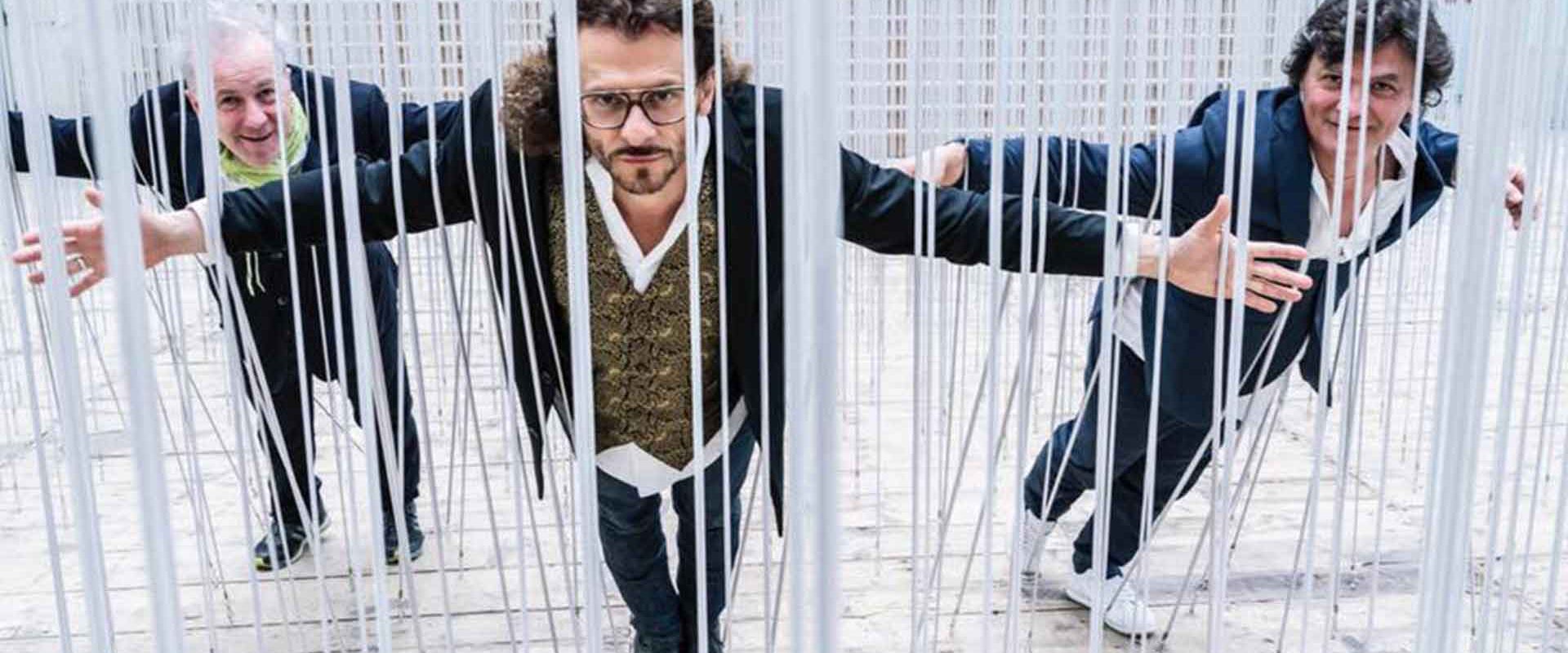
1. Works by 15 international artists are gathered together in the “Fantastic Utopias” contemporary art exhibition: what is the thread running through that links the artists and works?
The works of these artists bear witness to the thaumaturgic power of art: they act on our gaze, giving us the possibility of imagining a better reality and projecting us into alternative worlds, far removed from the verisimilitude of the everyday.
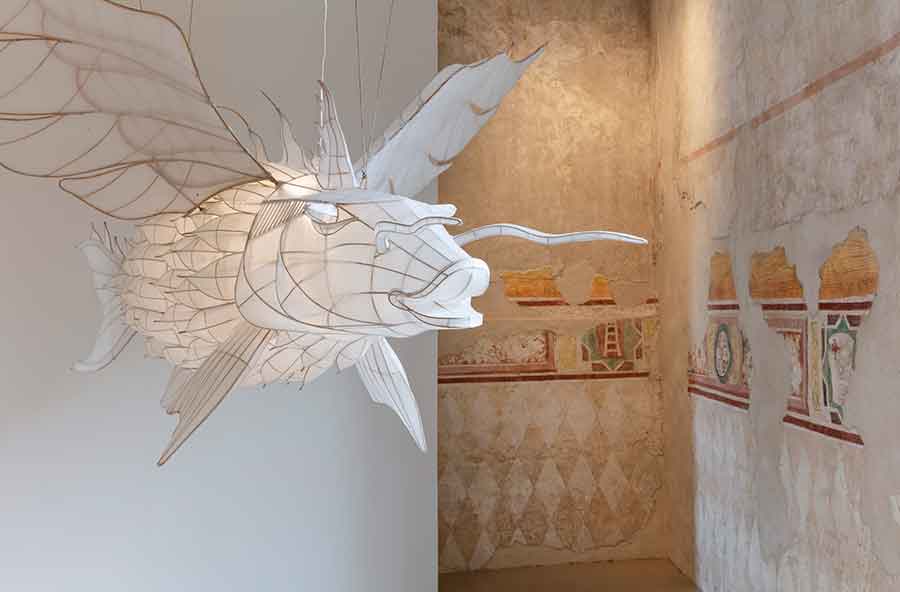
2. How did the collaboration with Terre Borromeo come about and what are the common values that you have perceived as linking you most closely and strongly in this partnership?
The collaboration with the proprietors, Princes Vitaliano and Marina Borromeo, came about thanks to the meeting organised by a dear friend of Galleria Continua and great art lover, namely Maria Grazia Longoni. In July last year Maria Grazia offered us the possibility of creating an exhibition by a core number of our artists in the rooms of the Ala Scaligera inside the marvellous Rocca di Angera. The exhibition would have been the third appointment, following the two previous editions with Galleria Minini and Galleria Lia Rumma. We immediately had no hesitation in accepting the excellent proposal, involving Ilaria Bonacossa in the project as the curator of the event; so from there the idea soon developed and the entire itinerary took shape.
3. The “Fantastic Utopias” exhibition is staged in the Ala Scaligera in the Rocca di Angera. Between 2015 and 2017 the entire wing underwent meticulous conservative restoration. Today it is a space devoted to contemporary art exhibitions within the sphere of a cultural project promoted by the Princes Vitaliano and Marina Borromeo Arese, for whom “passion for the beautiful and cultural innovation is a commitment to future generations”. What do you think in this regard? What role does contemporary art play or what role can it have for young people?
Art, like other disciplines (music, writing, acting) is a language created by people to express themselves and convey feelings, emotions, thoughts that would otherwise be unreachable. What we have attempted to do since we started out, in 1990 in San Gimignano, and also later in the other cities where we have operated, has been to create bonds between contexts that are different or are deemed to be different: between old and contemporary art, between city and countryside. We have attempted to establish connections between countries, to bring together traditions and cultures, we have ventured out in search of unusual, sometimes forgotten exhibition locations. In this regard we feel very much in tune with Rocca di Angera, a site of extraordinary beauty that invests in the conservation and safeguarding of the territory in order to share with its visitors a historical, cultural and environmental asset that is unique in the world. A visit enables you to encounter the imposing Fortress and the frescos that decorate its rooms. in the Museum of Dolls and Toys, which contains one of the most important and diverse collections in Europe, and also in the Medieval Garden, where the flowers and medicinal plants mark the cycle of the seasons, till you reach the Ala Scaligera, where contemporary art exhibitions open up new visual and mental landscapes for you. For young people all this can be a way of making unexpected discoveries.
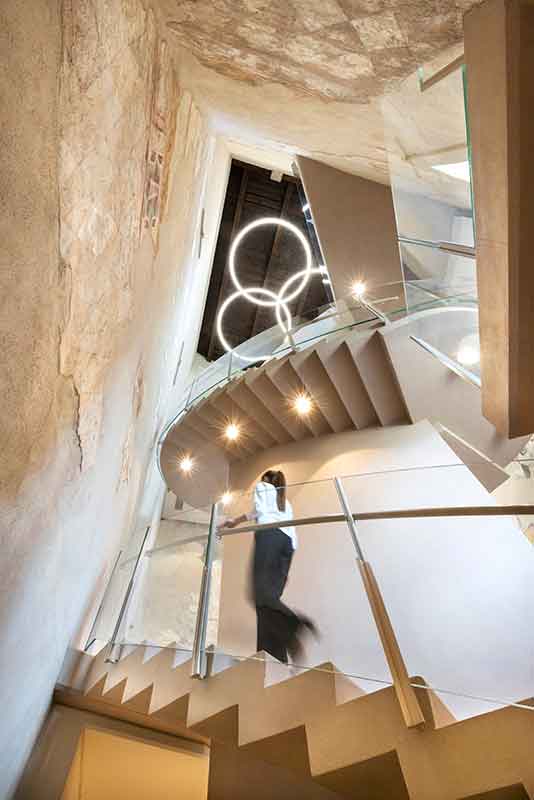
4. Your presence in China, France and Cuba enables you to have a global view of contemporary art. What, from your point of view, are the differences in the way of experiencing it and realising it in Italy, in Europe and in the rest of the world?
There is a universal language of art, that all people know, from East to West, that gains form and visibility through artistic research. This language links together past, present and future, through a feeling inherent in all people from every time and every place. The universal language of art speaks from the heart and addresses the heart. Art has the power to build marvellous bridges: the projects we carry forward in our centres abroad activate dynamics that surprise us and stimulate us to continue every time. In 2014 we were the first foreign gallery to open in China with an international programme and we have established a solid relationship with the Chinese cultural community, and not only with them. When we arrived District 798 was a disused factory; today it is a dynamic reality, one of reference both for the urban culture of Beijing and for foreign visitors. The Cuban people have welcomed us enthusiastically and generously, setting in motion a virtuous circuit of mutual cultural enrichment. Aguila de Oro, the cinema in the Chinese quarter in Havana where Continua has an office, is a meeting-point for encounters; it is a space for life, not just for art. The difficulty in finding materials and the endless logistical complications often make the realisation of exhibitions and events difficult, but each time it is a challenge that, together with the artists and all the people who work with us, we take on with enthusiasm and passion.
5. In 2020 you have celebrated the thirtieth anniversary of Galleria Continua, opening a new centre in Rome. An important milestone with which you also preannounced new educational and cultural initiatives. The Rocca di Angera also devotes a programme of educational and recreational activities to youngsters and children. What are the most effective elements, in your view, for bringing young people and children in closer contact with contemporary culture and art?
For children, making suitable spaces available to enable them to experiment and express their creativity, such as workshops to foster exchanges and meetings. We consider that lifelong learning, as a creative and social process, can have a particularly important impact when it is promoted by museums and galleries.
The interaction with contemporary art and its themes offers stimulating possibilities of work with young people, helping them understand contemporary society and culture, promoting forms of active citizenship and intercultural dialogue. It is important to invest in long-term projects to establish a relationship of trust and a common language, both among the different institutions and between the operators and the young people involved. The potential of new technologies, from the Internet to social networks, offers languages and approaches to exploit as they are able to attract young people, helping us establish a dialogue with them.
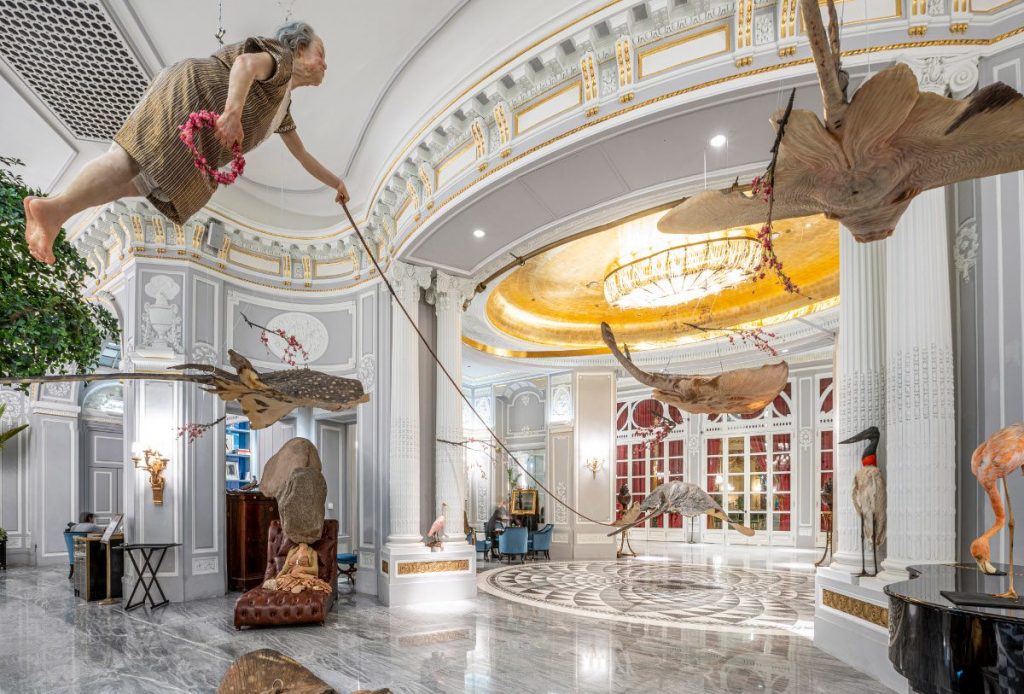
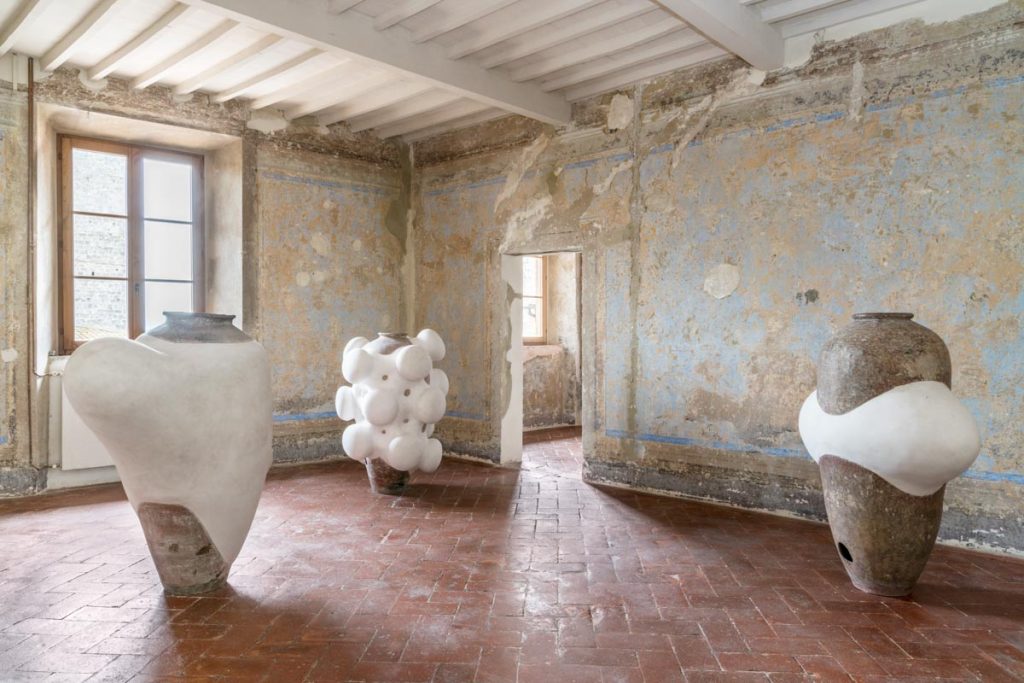
6. What motivated your unconventional choice to retain the Galleria Continua headquarters in a small town in Tuscany, far away from the major cities, despite the fact that you have taken your work all over the world?
San Gimignano is the base that has enabled us to grow and has nurtured us, thanks to the quality and the capacity for redefinition of the landscape, strongly characterised by art. Our name, Continua, is connected to what art generated as a place of life in a remote time, but that is still so alive to our own eyes and to those of many others, so much so that it inspires us, still today, in the search for the potential that art is able to express; here and elsewhere.







![Le previsioni per il prossimo weekend danno bel tempo!
.
Programmate una giornata all'Isola Bella: dopo la visita di Palazzo Borromeo con i suoi giardini, la terrazza del bistrot Fornello Bottega con Cucina è quello che ci vuole per un pranzo open-air vista lago, a base di prelibatezze italiane.
.
.
.
The weather forecast for next weekend is looking good!
.
It’s time to plan your day at Isola Bella. After visiting Palazzo Borromeo [Borromeo Palace] with its gardens; the terrace of the Fornello Bottega bistro and kitchen is the perfect place for an open-air lunch overlooking the lake. Here you can sample a range of Italian delicacies.
#terreborromeo #lakemaggiore #lagomaggiore #borromeoexperience #stresa #isolabella #gourmet #italianrestaurant](https://borromee.vivastaging.com/wp-content/plugins/instagram-feed-pro/img/placeholder.png)